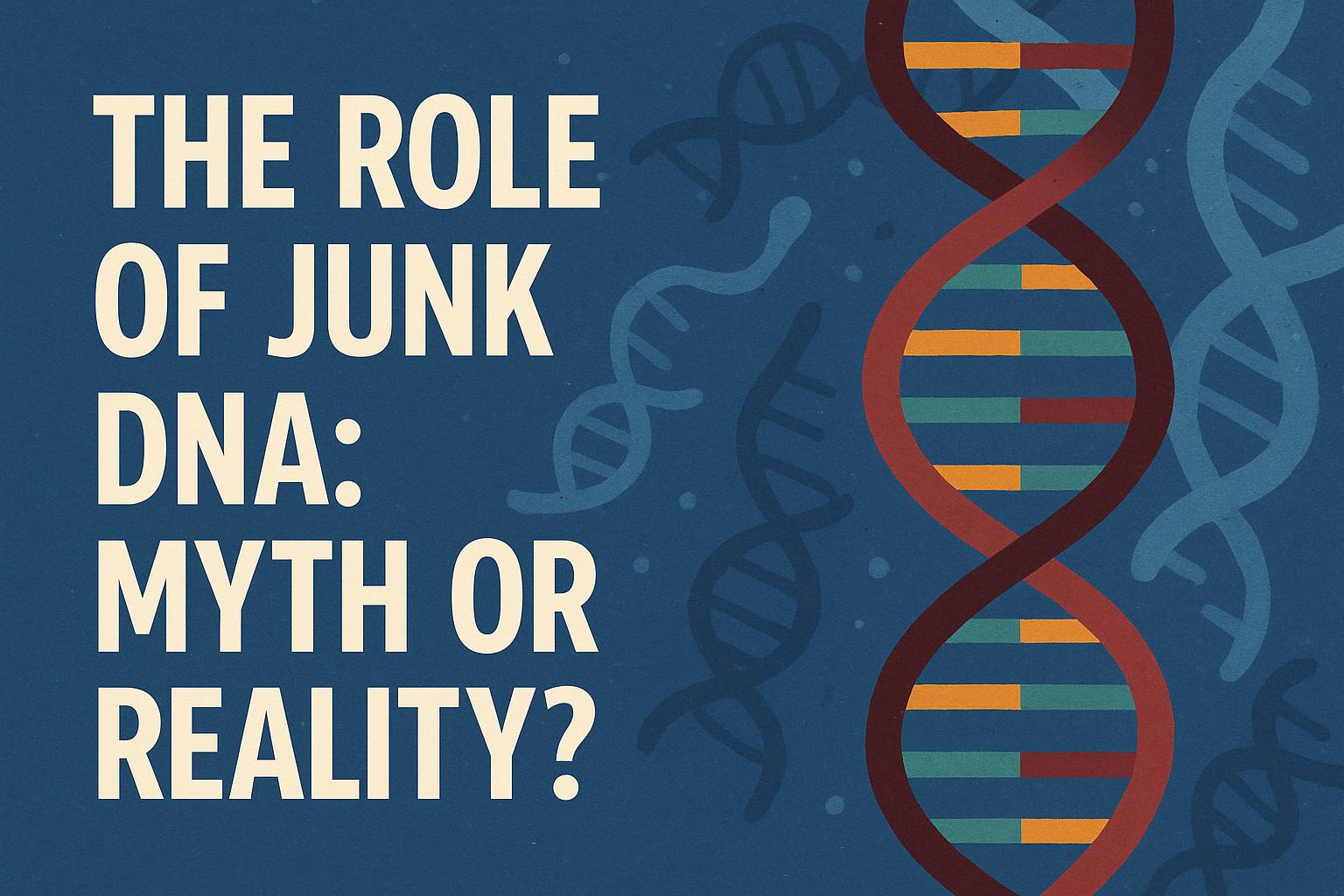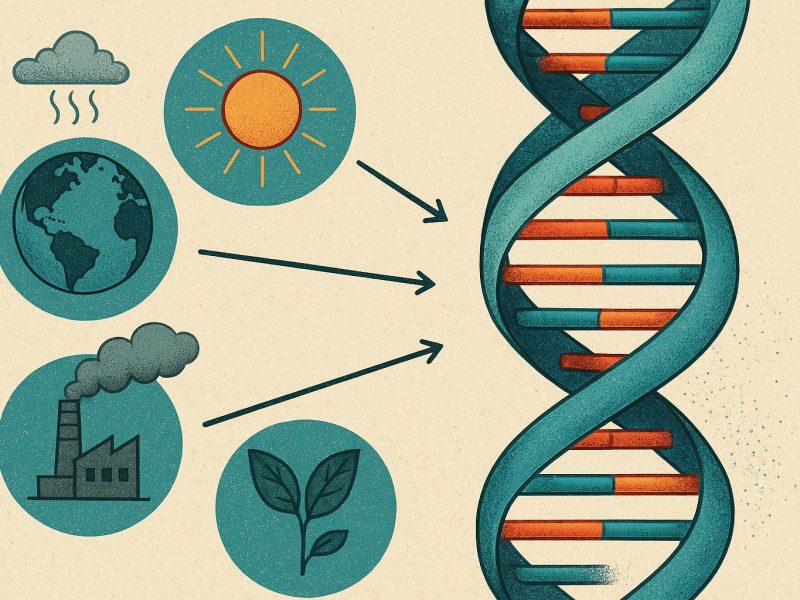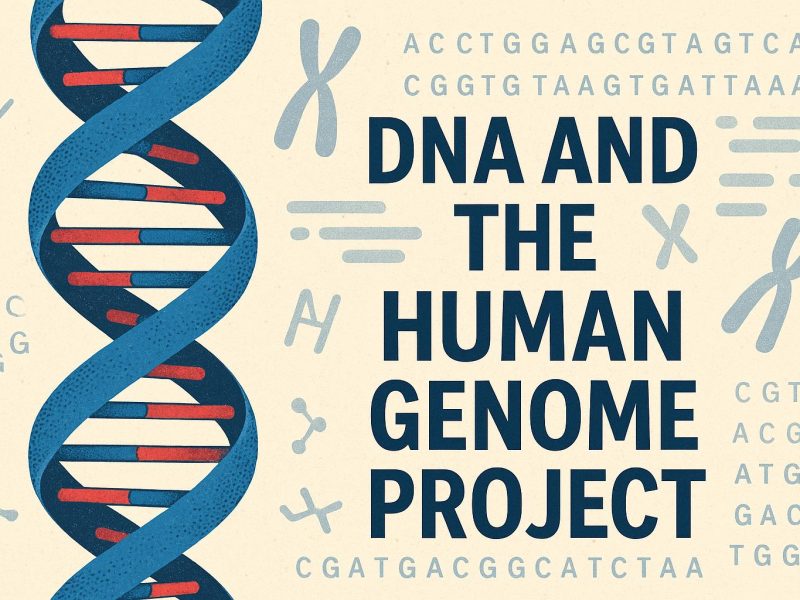The Concept of Junk DNA
The term “junk DNA” was initially coined in the 1970s to describe portions of the human genome that do not code for proteins. Researchers once believed these sequences were non-functional, leading to the assumption that they were simply genetic “filler.” However, advances in genetics and molecular biology have upended this assumption, leading to debates about whether “junk DNA” truly exists.
Evolutionary Perspective
From an evolutionary standpoint, the idea of junk DNA raises intriguing questions. Why would evolution preserve such large amounts of non-coding sequences if they lack function? Some scientists argue that many non-coding DNA sequences have persisted because they are not at a selective disadvantage, allowing them to accumulate without significant consequences for the organism. Others suggest that these sequences may have hidden functional roles.
Potential Functional Roles
Research has shown that parts of non-coding DNA play crucial roles in regulatory functions. These sequences can influence gene expression, chromatin structure, and genome stability. For instance, enhancers and silencers are non-coding DNA regions that can increase or suppress the activity of genes, allowing for fine-tuned control over gene expression. Transposable elements, once considered genetic debris, can have regulatory functions and contribute to genetic diversity. Additionally, some non-coding regions are transcribed into RNA molecules that are not translated into proteins but have essential roles in gene regulation and cellular processes.
The understanding of non-coding DNA function is continually evolving. For example, enhancers and silencers are not static elements but can be influenced by environmental factors. This adaptability showcases the complex relationship between DNA and the organism’s surroundings. On the other hand, transposable elements, once deemed mere relics of ancient genetic invasions, have been associated with genome adaptability and evolution. They can mobilize within the genome, creating mutations and promoting genetic variability, which can be advantageous in changing environments.
Non-coding RNAs, such as microRNAs and long non-coding RNAs, have been found to exert significant control over gene expression. These RNA molecules interact with messenger RNAs or proteins to regulate various gene functions. For instance, microRNAs can bind to mRNA targets, blocking their translation or leading to mRNA degradation, thereby controlling levels of protein expression. This regulatory mechanism underscores the complexity and sophistication of non-coding DNA roles in the genome.
Junk DNA: A Misnomer?
The discovery of functions for some non-coding DNA sequences has led many scientists to reconsider the term “junk DNA.” While not all non-coding DNA has an identified function, dismissing it entirely as “junk” overlooks the potential roles these sequences may play. This shift in understanding aligns with a broader research focus on elucidating the significance of non-coding DNA. The term “junk” may even deter researchers from exploring these genomic regions, potentially delaying important discoveries about their roles in human health and disease.
Current Research Directions
Ongoing research continues to explore the complexity of the genome. Projects such as the ENCODE (Encyclopedia of DNA Elements) aim to catalog all functional elements in the human genome, offering fresh insights into the roles of non-coding DNA. Understanding these sequences may shed light on genomic regions involved in various diseases and could lead to novel therapeutic approaches. New technologies, like CRISPR-Cas9, have also opened the door to editing non-coding regions, allowing scientists to study their functions through direct manipulation.
Furthermore, the exploration of epigenomics, which studies modifications that alter gene activity without changing the DNA sequence, emphasizes the dynamic nature of non-coding DNA. Epigenomic patterns can regulate gene expression in response to environmental stimuli, highlighting how non-coding DNA isn’t merely static but responsive and integral to the organism’s interaction with its environment.
Scientists are also leveraging big data and machine learning to predict the functions of uncharacterized non-coding regions. By analyzing vast genomic datasets, researchers can identify patterns and potential functions for these sequences, speeding up the discovery process. The integration of bioinformatics in genomics is becoming indispensable for deciphering non-coding DNA’s mysteries, as computational predictions provide experimental targets.
The study of non-coding DNA is shedding light on its role in diseases like cancer. Non-coding mutations and dysregulation are being associated with tumor formation and progression, turning these sequences into potential diagnostic markers or therapeutic targets. This revelation emphasizes the importance of non-coding DNA in developing personalized medicine approaches, where understanding an individual’s genome could lead to tailored interventions.
Conclusion
While the concept of “junk DNA” is rooted in the history of genetic research, contemporary science encourages a more nuanced understanding of the genome. The term may be a misnomer, as these non-coding regions may hold essential clues to understanding complex biological processes. As research delves deeper into the intricacy of the genome, it becomes increasingly clear that what was once dismissed as “junk” may be integral to our understanding of life at the molecular level. This evolving narrative demonstrates the ongoing nature of scientific inquiry, where previously held beliefs are challenged and refined in light of new evidence.
The future of genomic research promises to unravel even more about the enigmatic non-coding regions, potentially redefining concepts of genetic functionality and inheritance. These revelations could transform various fields, including biotechnology, medicine, and evolutionary biology, bridging gaps in our current understanding of genetics and offering insights into the intricate tapestry of life’s blueprint.



